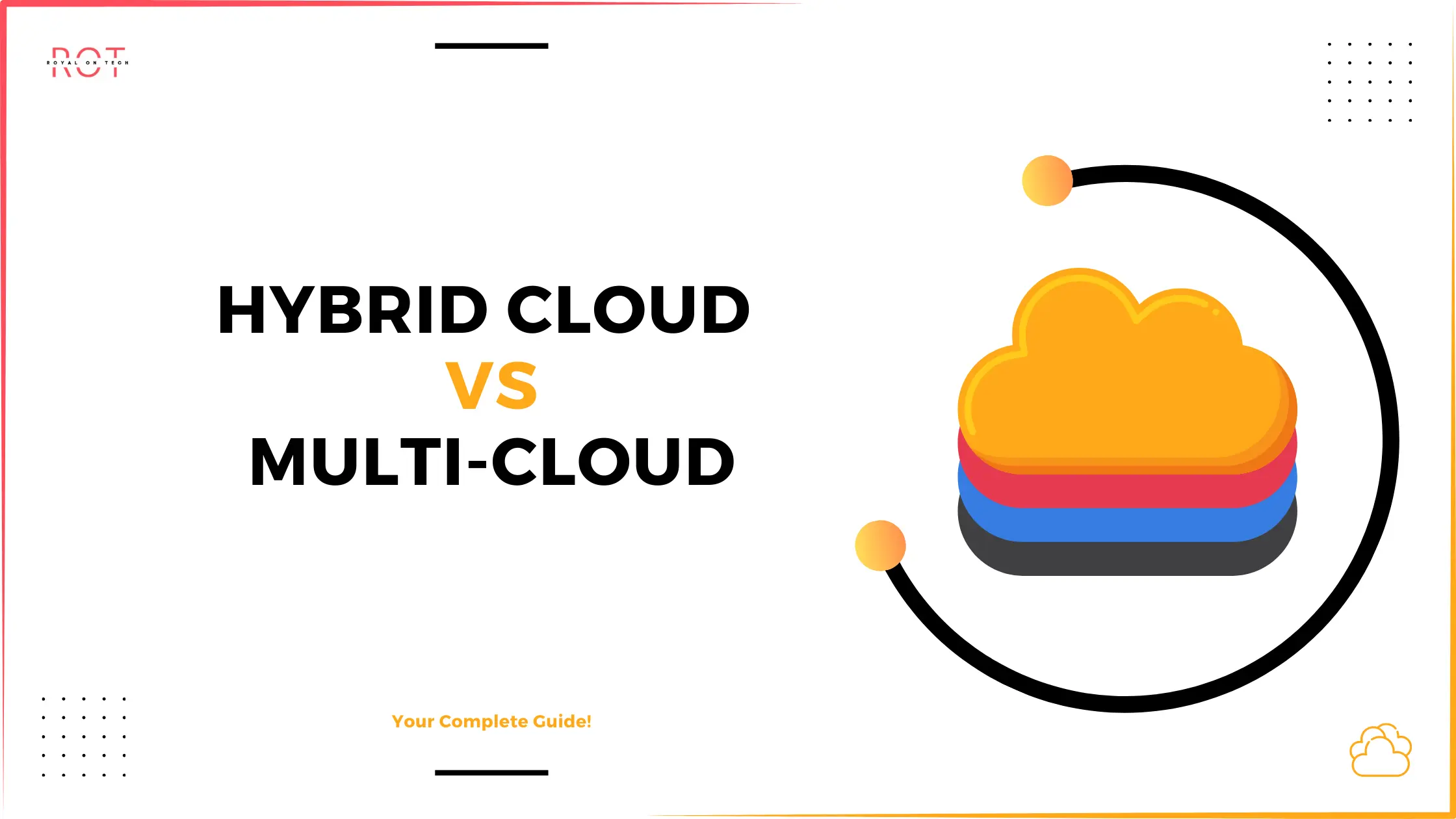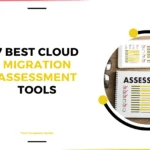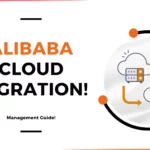For More Info!

Hybrid Cloud vs. Multi-Cloud: Understanding the Differences
The distinction between hybrid cloud and multi-cloud is often blurred despite their critical differences. This article clarifies their definitions, architectural variances, and considerations for choosing a cloud strategy.
Hybrid Cloud vs. Multi-Cloud: What’s the Difference?
The terms “hybrid cloud” and “multi-cloud” are frequently used interchangeably, but they denote distinct approaches in cloud architecture.
Multi-Cloud In a multi-cloud setup, enterprises utilize services from multiple public cloud providers. For instance, an organization might host its web application on AWS while using Microsoft Azure for its Exchange servers. This approach leverages different providers for specific benefits like service diversity, cost optimization through competitive pricing, and avoiding dependency on a single provider.
Hybrid Cloud Hybrid cloud integrates private cloud infrastructure, typically an enterprise’s data center, alongside one or more public cloud services. This hybrid model is managed as a unified environment, offering flexibility in workload placement, data sovereignty, and compliance adherence.
Architectural Differences
The key distinctions between hybrid and multi-cloud architectures lie in their composition and management:
- Hybrid Cloud: Includes a private cloud component and public cloud services, managed as a cohesive entity. It offers greater control over data and applications, suitable for sensitive workloads requiring on-premises infrastructure.
- Multi-Cloud: Involves multiple public cloud services, often from different providers, catering to diverse application needs. It provides flexibility in service selection but requires effective management of dispersed resources.
Choosing a Cloud Strategy
Factors influencing cloud strategy selection include:
- Business Goals: Whether optimizing costs, enhancing scalability, or improving resilience.
- Data Sensitivity: Requirements for data localization, compliance, and governance.
- Application Needs: Considerations such as latency, performance, and integration capabilities.
- Operational Complexity: Management overheads, skills availability, and vendor lock-in concerns.
Conclusion
As cloud technologies evolve, enterprises continue adopting multi-cloud and hybrid cloud models to meet their strategic IT objectives. Whether driven by operational needs or regulatory requirements, understanding these distinctions helps in crafting effective cloud strategies tailored to specific organizational goals and challenges.




